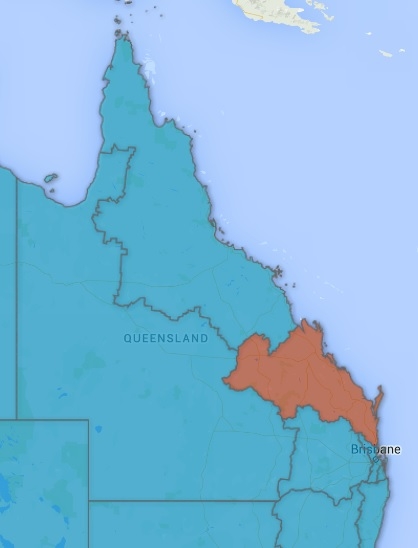
THE decision has been made and now primary health services for Central Queensland will be co-ordinated from the Sunshine Coast.
The Central Queensland Sunshine Coast Primary Health Network (CQSCPHN) will be expected to service an area covering 161,000 sq km and 835,000 people.
Questions around funding went unanswered yesterday.
A spokesman told The Bulletin that costs were a determination of the contract negotiations with the successful tenderers and were ongoing.
The Australian Healthcare Reform Alliance, a coalition of over 35 state and national organisations, feared the increased catchment of many PHNs would make their capacity to be effective and the ability to reflect each community’s needs more difficult.
AHCRA chair Tony McBride said they welcomed the continued focus on systems improvement and Aboriginal and mental health, but they had concerns with what appeared at a glance to be “much like the old Medicare Locals on steroids”.
“Despite the government’s continued criticism of the previous Medicare Locals, 24 of the 28 PHNs were won by Medicare Locals or consortia with key Medicare Local involvement,” he said.
“The estimated cost of the changeover of $200 million appears at odds with the government’s concerns about health cost pressures.”
The department spokesman said service continuity and capacity to implement was a specific criterion in the PHN assessment process.
“It is expected the department, Medicare Locals and PHNs will work together to minimise disruption to services and patient care during the transition,” he said.
However it was the continuity of services that posed significant problems in CQ. With jobs on the line, many of CQML clinicians left the area in search of work, forcing the service to stop accepting referrals on April 1, three months before the closing date.
Though disappointed at the outcome, CEO Jean McRuvie (pictured) and chairman Bruce Elliot were both relieved the announcement had been made.
Mr Elliot said the uncertainty had taken its toll, especially in the rural areas.
